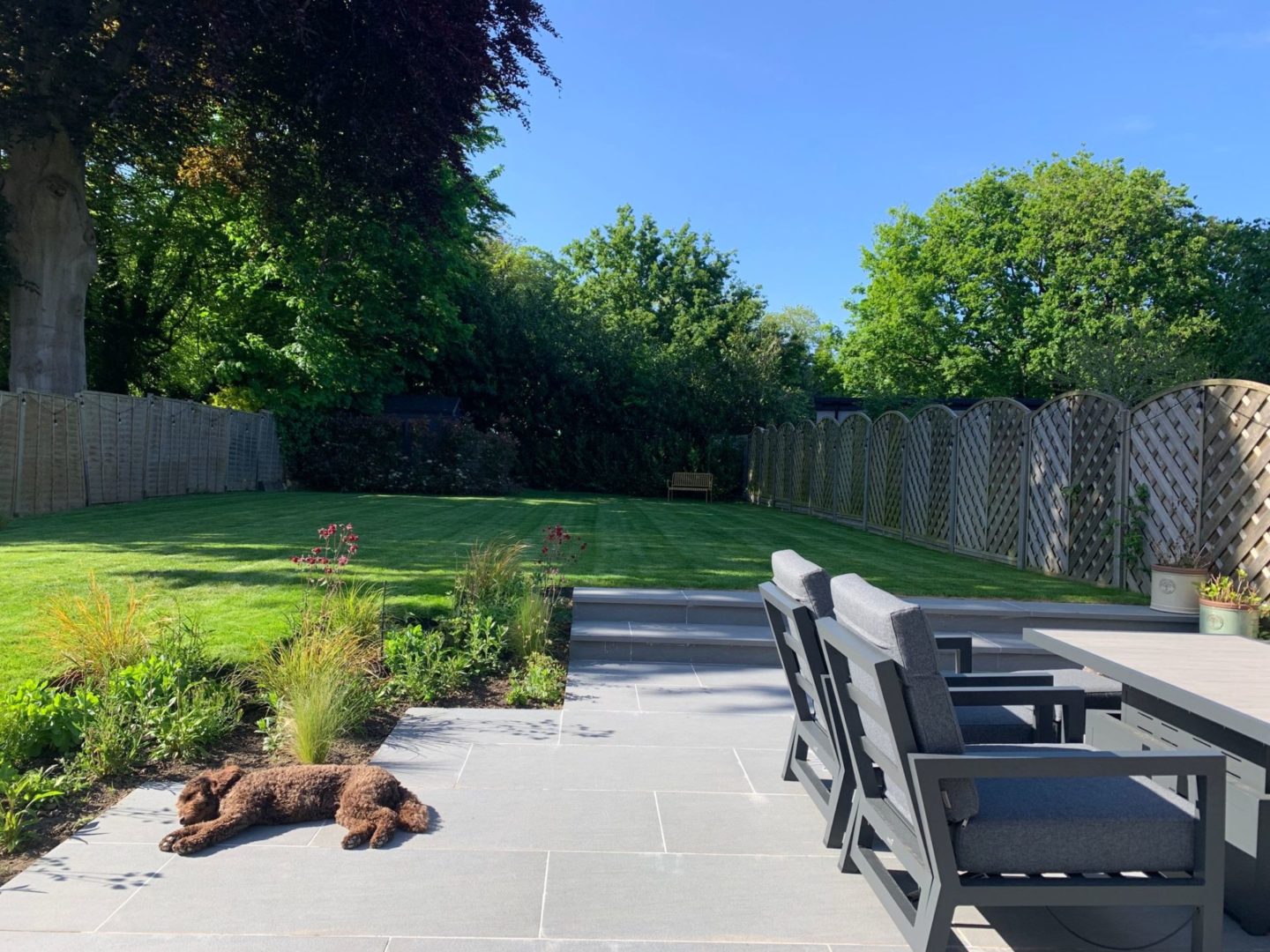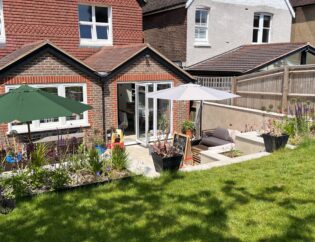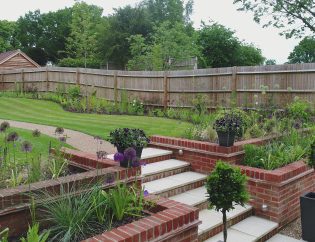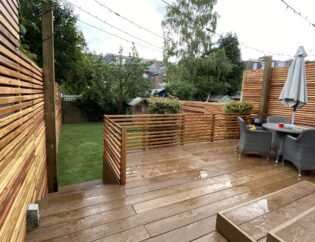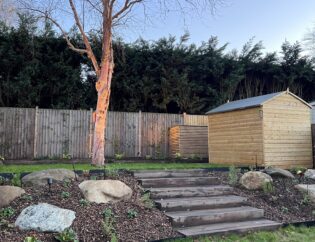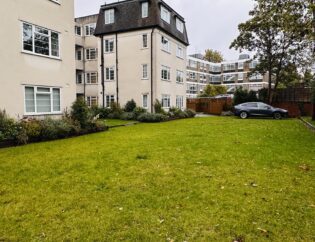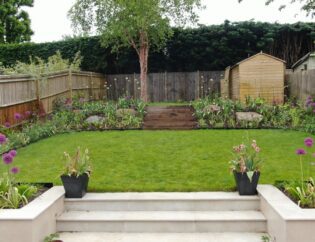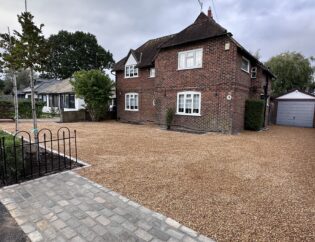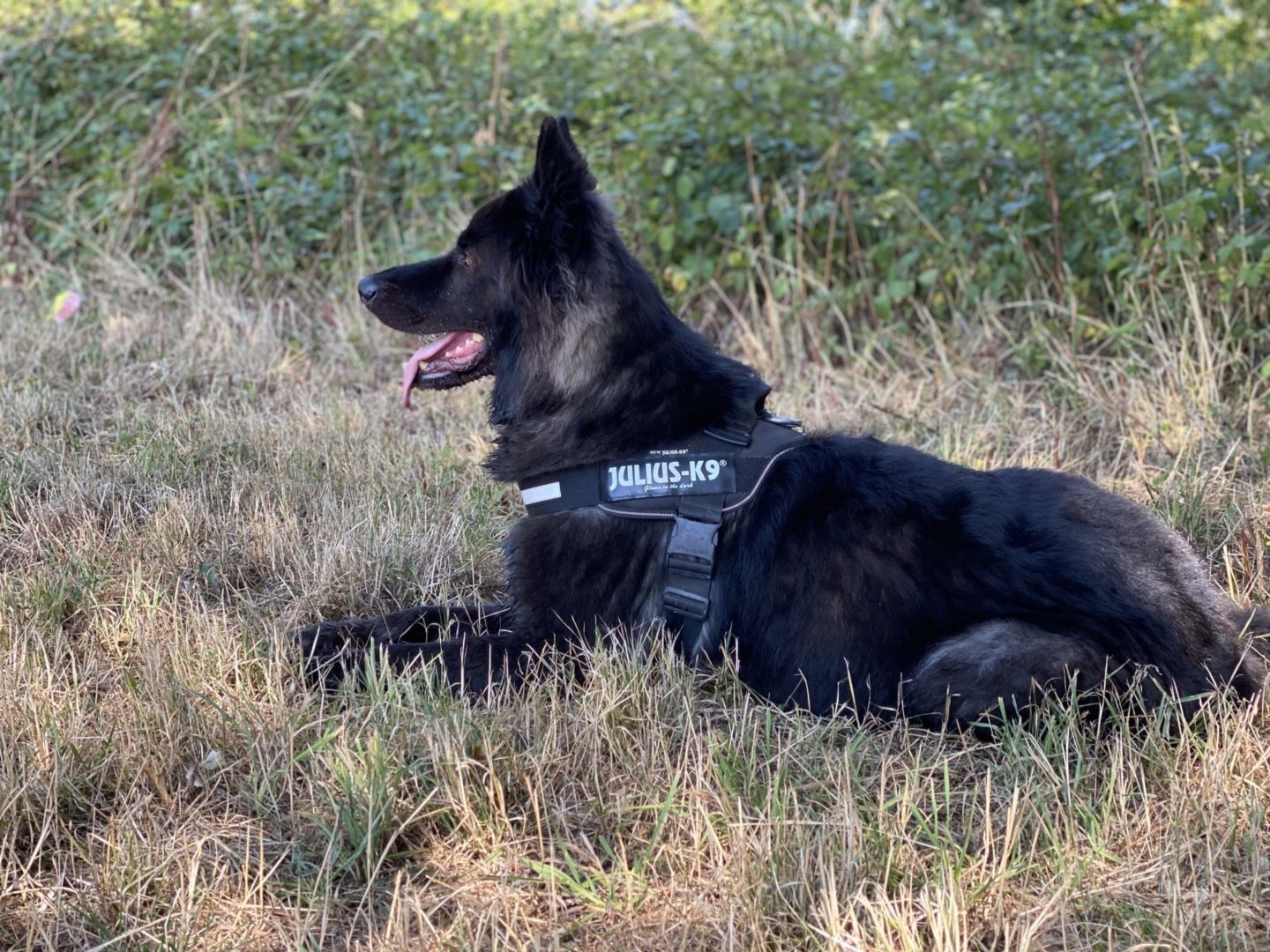
Our top tips for a pet-friendly garden
If you’ve been reading our blog for a while, you’ll know that many of our clients are pet owners. And we love designing pet-friendly gardens!
Pet owners face the challenge of ensuring the safety and enjoyment of their pets when planning their gardens. A pet-friendly garden needs to strike a balance between providing a safe environment for your pets and preserving the aesthetic appeal of your garden. In this post, we’ll look at the essential elements of a pet-friendly garden.
Non-toxic plants
One of the most important elements to consider is the choice of pet-safe plants. Many common garden plants can be toxic to animals if ingested, leading to severe health issues. As responsible pet owners, it’s important that we research and carefully choose non-toxic and safe plants for our furry friends. Opt for plants such as marigolds, sunflowers, roses, and pet grass, which look pretty and are harmless to dogs, cats, and other pets. Check with your local nursery or garden centre to make sure the plants you choose are safe for your pets.
Fencing and boundaries
To keep your pets safely inside your garden and prevent them from escaping sturdy and secure fencing is a must. Choose a fence that is appropriate for your needs, depending on your pet's size and agility, Ensure there are no gaps or holes that your pet could squeeze through. You might also want to add a small wire mesh or lattice along the base of the fence to prevent digging escapes! Regularly inspect the fence for any damage to maintain its effectiveness.
Soft ground covering
Pets love to explore and need enough space to roam freely in the garden. Remember that their paws are sensitive to the surfaces they walk on, so try to avoid having too large an area covered with uncomfortable materials like gravel or stones. Instead, opt for soft ground coverings like grass or mulch. These surfaces will provide a comfortable and safe space for your pets to play, run, and relax.
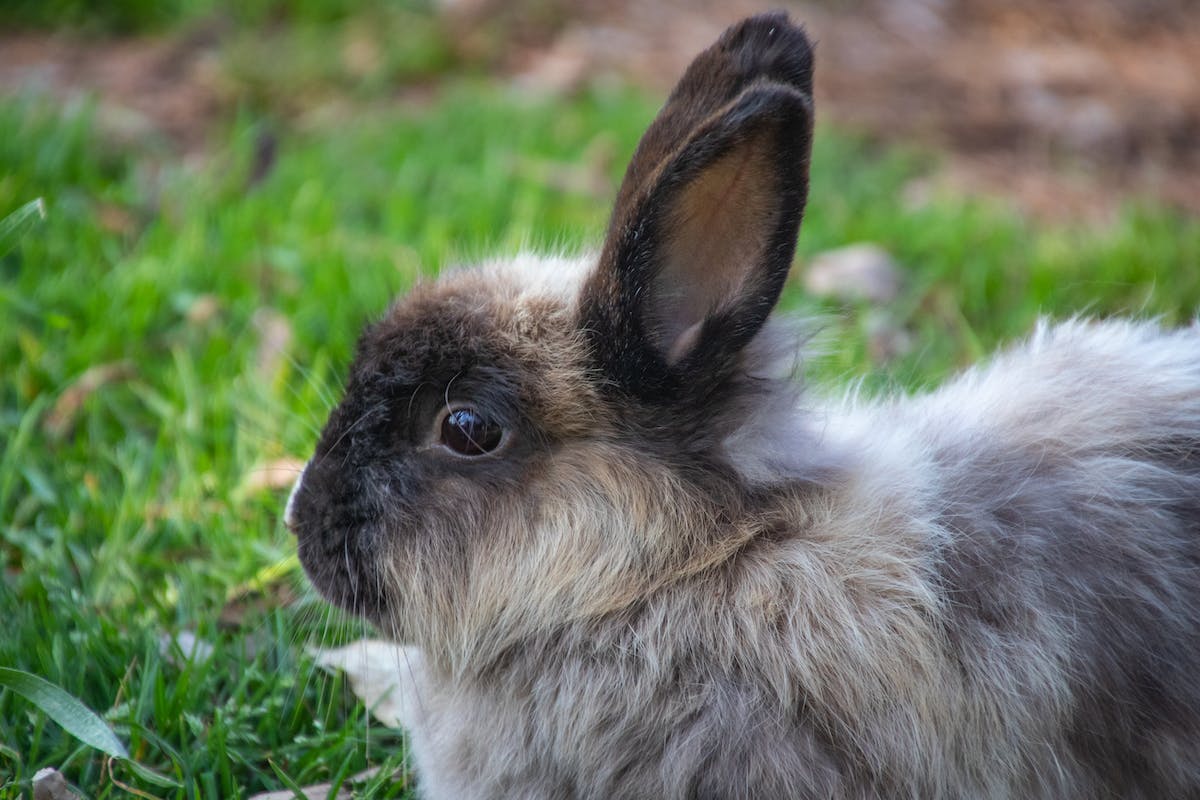
Protection from hot surfaces
It's essential to protect delicate paws from hot surfaces such as stone or paving, particularly on hot summer days. These surfaces quickly absorb and retain heat, causing discomfort or even burns to your pets' paws. To prevent this, consider materials that don't absorb as much heat, like light-coloured stones or pavers. Always check the temperature of these surfaces with your hand before letting your pets out into the garden.
Shaded spots
Just like humans, pets can be susceptible to heat exhaustion and sunburn. Providing shaded spots throughout the garden is essential to protect your furry companions from excessive sun exposure. Strategically position large trees, patio umbrellas, or pergolas to create cool and inviting areas where your pets can seek refuge from the sun's rays. Providing fresh water nearby will also ensure they stay hydrated while enjoying their time outdoors.
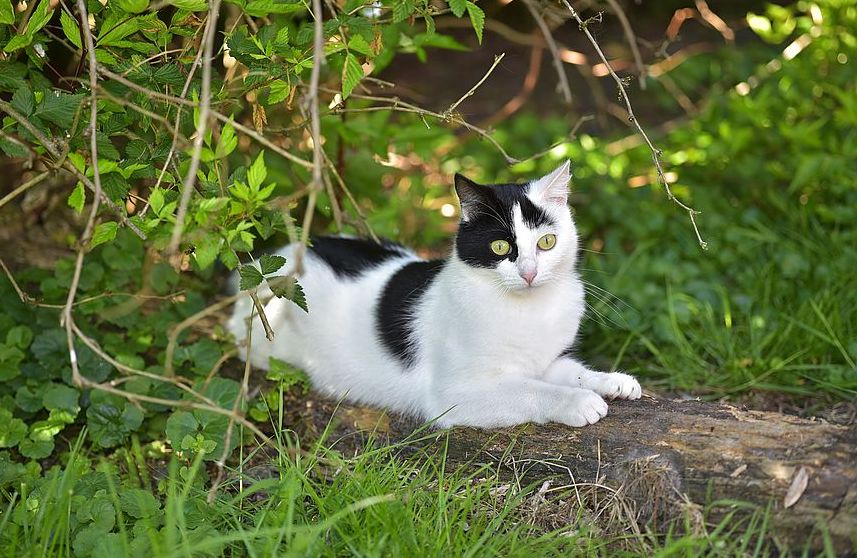
Hazard-free water sources
While water features like fountains and ponds can add a sense of tranquillity to your garden, they can also pose potential hazards to pets. Ponds, for instance, can be a drowning risk, especially for small animals. If you have water features, make sure they are safely enclosed or consider alternative, safer options such as bird baths or shallow, pet-friendly water stations. Regularly change the water to keep it fresh and appealing to your pets.
Secure storage
Garden tools, pesticides, fertilizers, and other chemicals must be stored in a secure location, out of your pet's reach. These substances can be highly toxic and pose serious health risks if ingested. A locked shed or high shelf is an excellent solution for keeping hazardous materials away from curious pets. Additionally, choose organic and pet-friendly gardening products whenever possible to reduce the risk of accidental poisoning.
Safe play zones
Designate specific play areas in your garden to encourage playtime with your pets. You could even incorporate pet-friendly toys and agility equipment, such as tunnels or hoops, to keep them (and you!) active! A play zone can also help to establish boundaries within the garden, ensuring your pets know where they can roam freely and where certain activities are encouraged or discouraged.
Conclusion
Designing a pet-friendly garden needs careful planning, but the result is a safe and fun space that both you and your pets can enjoy together. By choosing non-toxic plants, installing secure boundaries, and carefully choosing your landscaping, you can transform your garden into a haven for your beloved companions. A pet-friendly garden not only enriches their lives but can also deepen the bond between you and your pet as you spend quality time together in your garden.
If you need some help designing an outdoor space that complements your home, give us a call to discuss your ideas, and let us help you bring them to life!
